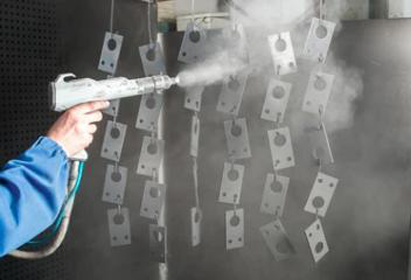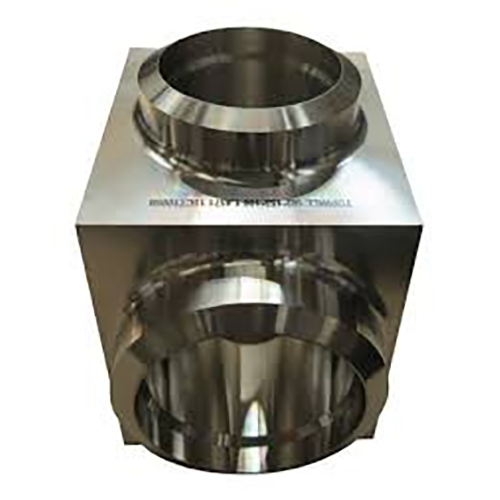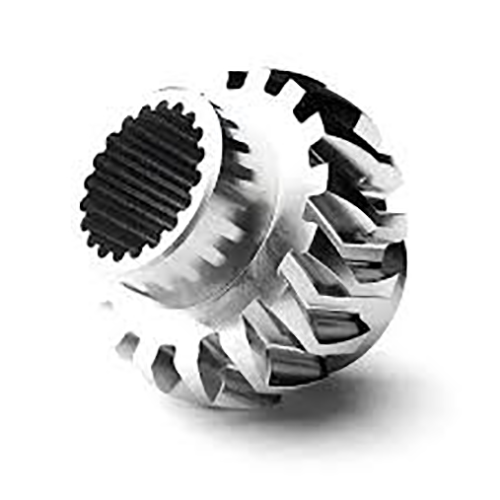
Realizing precise finish on a turned or milled piece is highly significant.
- Drawing callouts communicate precise surface requirements for machined parts
- Engineers often specify Ra (average roughness) to numerically define surface irregularity
- Comprehending finish specifications is crucial to meet operational standards
- Clear finish specification affects lubrication behavior, sliding resistance, and lifespan
- Proper decoding of specifications is critical to deliver the expected finish
CNC Machining: A Definition of Precision

Computer-controlled machining embodies a revolutionary manufacturing technique through automated code the equipment produces detailed patterns with tight tolerances.
- Numerical control tools generate quality components from varied media
- CNC adaptability suits industries including aerospace and automotive sectors
- Programmed machining assures dependable consistency across manufacturing cycles
Across development to broad production CNC machining contributes fundamentally to manufacturing innovation
Reading CNC Machine Specs
Making sense of CNC specs can seem confusing on first pass
In contrast, measured learning and order help you traverse technical specifications
Start with locating core parameters: spindle rpm, feed, accuracy, work envelope, controller
Every listed attribute influences the equipment’s operational capacity.
As an example, increased spindle rpm favors soft alloys and higher feed favors throughput.
Perceiving such relations guides selection of appropriate CNC equipment
Don’t forget to review maker-supplied manuals carefully.
Provided manuals commonly contain clarifying information and define jargon
CNC Machinery: An Exhaustive Guide
Computer-operated machining stations are programmed units for precise automated part fabrication across materials They process programmed G-code to regulate toolpaths and actuator behavior.
- Frequent CNC varieties include mills, lathes, routers, plasma cutting machines
- Machining methods apply across metals, plastics, wood, and composite substrates
- Besides that CNC systems permit speedy prototyping and short production runs for businesses and research groups
Fundamental CNC Machine Concepts
CNC machines represent a remarkable fusion of mechanical precision and sophisticated software control These versatile tools utilize computer programming to automatically manufacture a wide range of parts from simple components to complex assemblies Underlying principle converts virtual designs into actual manufactured items.
- CNC fabrication
- Software control implementation
It uses accurate motion sequences commanded by the controller Technicians are essential for choosing cutting settings, supervising processes, and validating final quality.
Surface Finish Considerations for CNC
Attaining target texture in CNC processes is critical It modifies operational efficiency and cosmetic finish Base material, cutting conditions, and post-machining refinements govern texture.
Refined surfaces boost longevity; rough surfaces can diminish functional performance CNC systems provide diverse tooling and strategies to reach required finishes.
- By using distinct cutter geometries |coated inserts|cutting speeds to achieve a desired surface finish
- In addition buffing, grinding, and sanding may be applied to upgrade finishes
Grasping how machining variables affect texture is critical to obtain optimal outcomes.
Understanding CNC Machines: A Beginner's Guide
Precision production uses machine control software to shape parts from different material classes They interpret digital toolpaths to carve detailed designs reliably Basic knowledge of machine operation, G-code, and tooling selection plays a vital role in success
Fields benefiting from CNC include aerospace, automotive, industrial manufacturing, and electronics From complex aerospace components to precise injection molds, CNC is essential for complex parts
Surface Finish Callouts for CNC Machined Parts
Correctly specifying finish is vital for CNC-produced components It helps confirm that the product aligns with performance and cosmetic needs Surface finish callouts are typically represented using the system known as the Surface Roughness Ra Shown in micrometers or inches, the measurement denotes typical roughness magnitude.
Weigh required surface smoothness against intended use when defining callouts

Generally fine finishes benefit components requiring precision alignment and tolerance
Alternatively textured surfaces may aid applications needing traction or increased friction
Use explicit finish instructions on design documents to convey the surface requirement Provide the roughness average and detail supplemental processes or treatments needed.
Observe that unambiguous finish specifications are vital for manufacturing outcomes
Kinds of CNC Machines and Their Strengths
CNC manufacturing hosts an extensive set of machines for assorted machining tasks They adopt CAD-to-CAM pipelines to steer cutting tools for precise part manufacture.
- Mills shape slots pockets and complex contours through rotary cutting
- Lathe machines operate on a rotating axis ideal for producing symmetrical parts with smooth surfaces
- Laser systems produce fine kerfs and detailed shapes in thin materials
Choosing the right CNC depends on production goals material type and required accuracy Different CNC platforms supply distinct functionality valuable across industries including automotive and aviation.
Attaining Top-tier Surface Finish Through CNC
Realizing premium surface texture is vital and CNC machining supplies tools to accomplish it With exact feed control spindle tuning and proper tool shapes machinists influence finish quality and minimize defects Plus durable cutting materials and appropriate coolant control boost finish quality Deliberate machining strategies and exact setups enable production of components with excellent texture.
CNC Programming to Achieve Surface Quality
Managing finish via CNC code is important to secure required surface properties Feed selection spindle rpm and cutter geometry collectively determine texture outcomes Careful selection of these parameters in conjunction with proper lubrication and coolant management can yield a smooth and flawless surface finish.
- Also ongoing tool care and inspection support sustained finish reliability Besides that systematic tool upkeep and monitoring machine finishing symbols ensure sustained surface quality Continuous tool maintenance and oversight preserve high finish consistency
- To perfect surface results factor in material, roughness, and intended application
- Employing simulation software can help visualize and fine-tune cutting parameters before machining reducing the risk of surface defects
- Besides that systematic tool upkeep and monitoring ensure sustained surface quality
